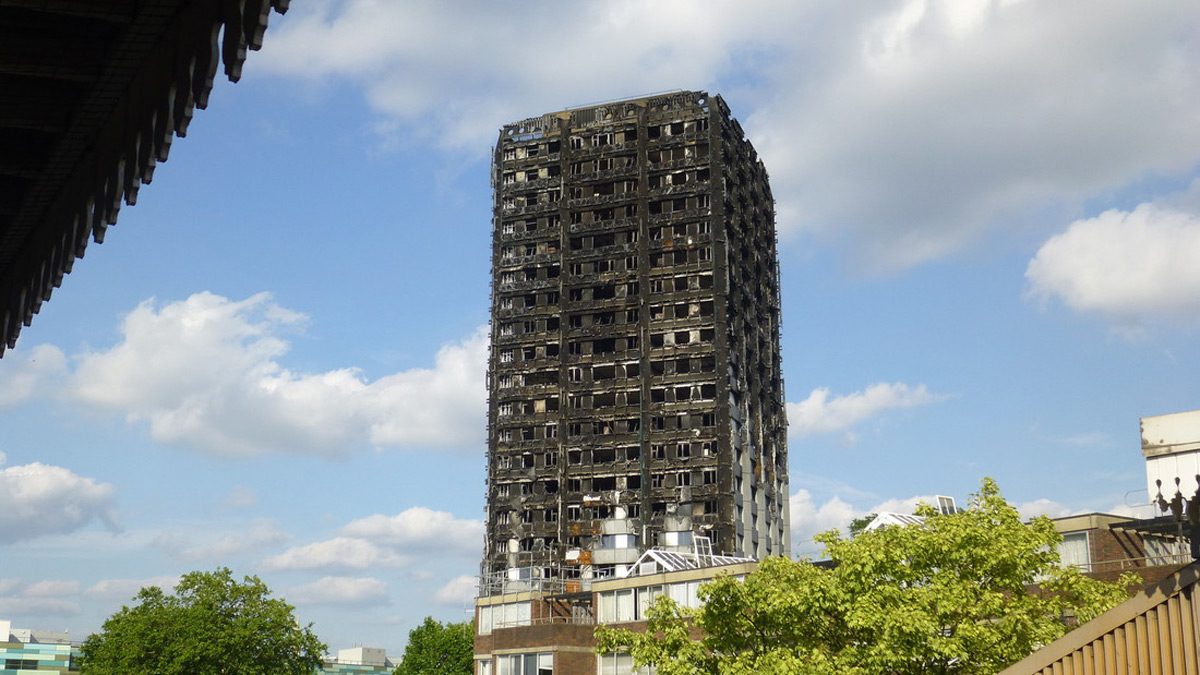This article is from the Australian Property Journal archive
INCONSISTENT approaches to flammable cladding across the country has prompted the Australian Property Institute (API) to lead the way with a valuation protocol which will assign a risk rating on properties that appear to be clad, is known to be clad or is known to have non-compliant cladding.
The API which is a representative on the International Fire Safety Standards Coalition formed by the United Nations following London’s Grenfell Tower, has published a Valuation Protocol – Cladding on Buildings in response to the serious residential cladding incidents and subsequent unfavourable findings from state-based cladding audits around the country.
API CEO Amelia Hodge said although valuers are not building or construction experts, one of their primary responsibilities when conducting a valuation is to identify and report on risk issues that are reasonably identifiable from the inspection of the property or development.
Hodge said that while valuers are expert at valuing properties, they are not usually also experts in building materials, nor do they drill, remove the material and test it in any laboratory.
“The role of the valuer is to identify and report on what they see when they inspect a property.
“Anyone purchasing or lending money for the purchase of property must therefore also make their own enquiries regarding any cladding used in a building, to ensure it is compliant,” she added.
The protocol outlines procedures for three cladding scenarios, including:
Building/Development ‘appears to be clad’
“Our members prepare a report for their client, which rates a number of identified risks associated with a particular property,” Hodge said. “Should the building appear to be clad, the Protocol calls for the Improvements Risk Rating – that is, the risks associated with improvements to the property – to be raised and a classification that the property appears to be clad.”
The Improvements Risk Rating (RR) is a score based on a scale from one (1) to five (5), with one (1) being the lowest risk and five (5) being the highest. An Improvements RR of four (4) indicates a medium to high risk that the lender should consider before relying on the report and would be assigned to a building or development that appears to be clad.
Building/Development ‘known to be clad’
If a building is known to be clad, the Improvements RR is also raised to four (4) and the report again carries a statement to that effect and a recommendation that the lender makes their own enquires before relying on the report.
‘Non-Compliant Cladding’ known to be present
If non-compliant cladding is known to be present, Ms Hodge said the Improvements RR is raised to a five (5), which indicates an extremely important or urgent adverse risk for the lender to consider, and the triggering of Valuation Risk Alert 1 (VRA1) to alert the lender to the issue
“In this case, the report carries a statement that non-compliant/non-conforming cladding is reasonably known to be present,” Hodge said.
Australian Property Journal




